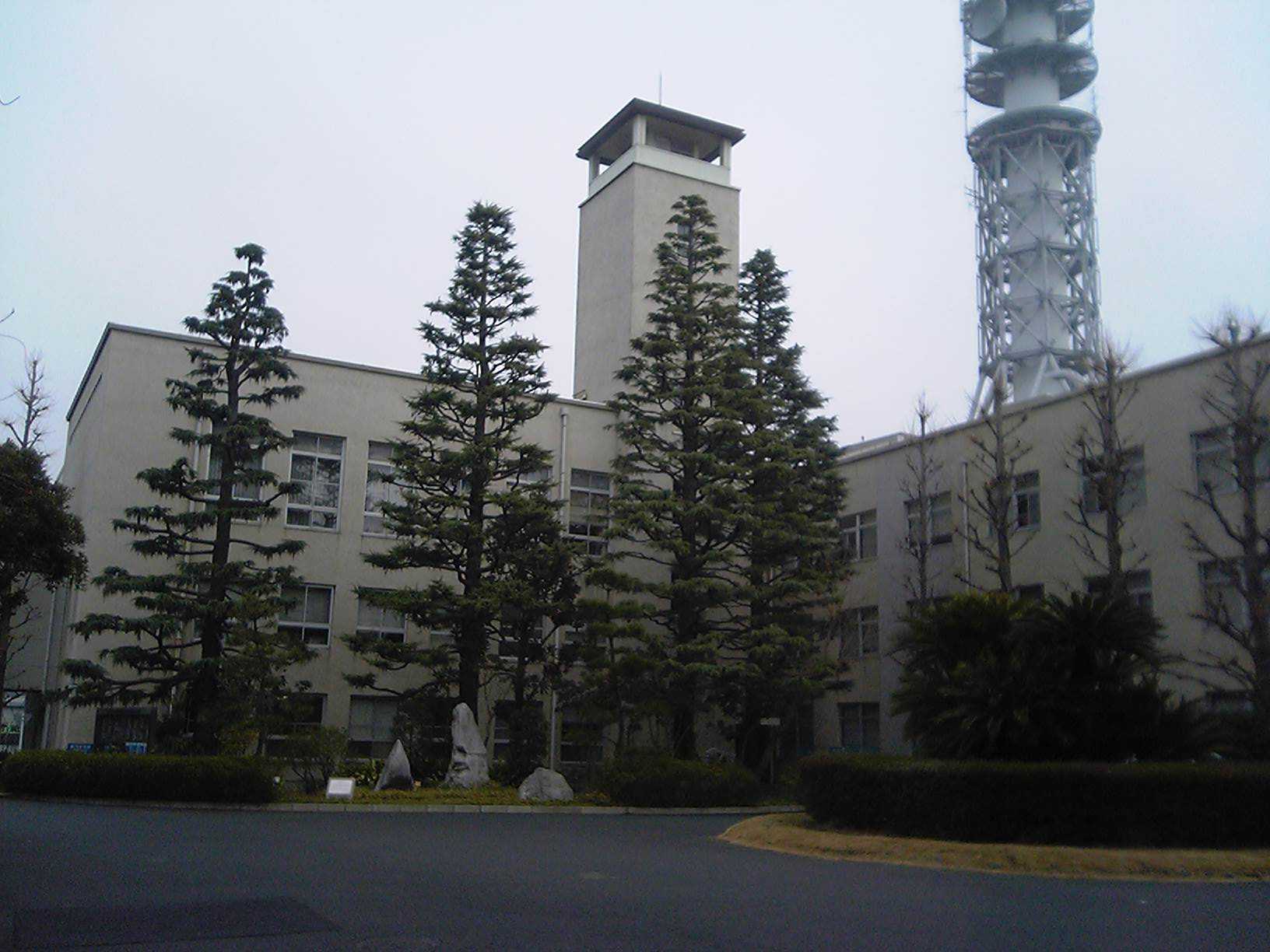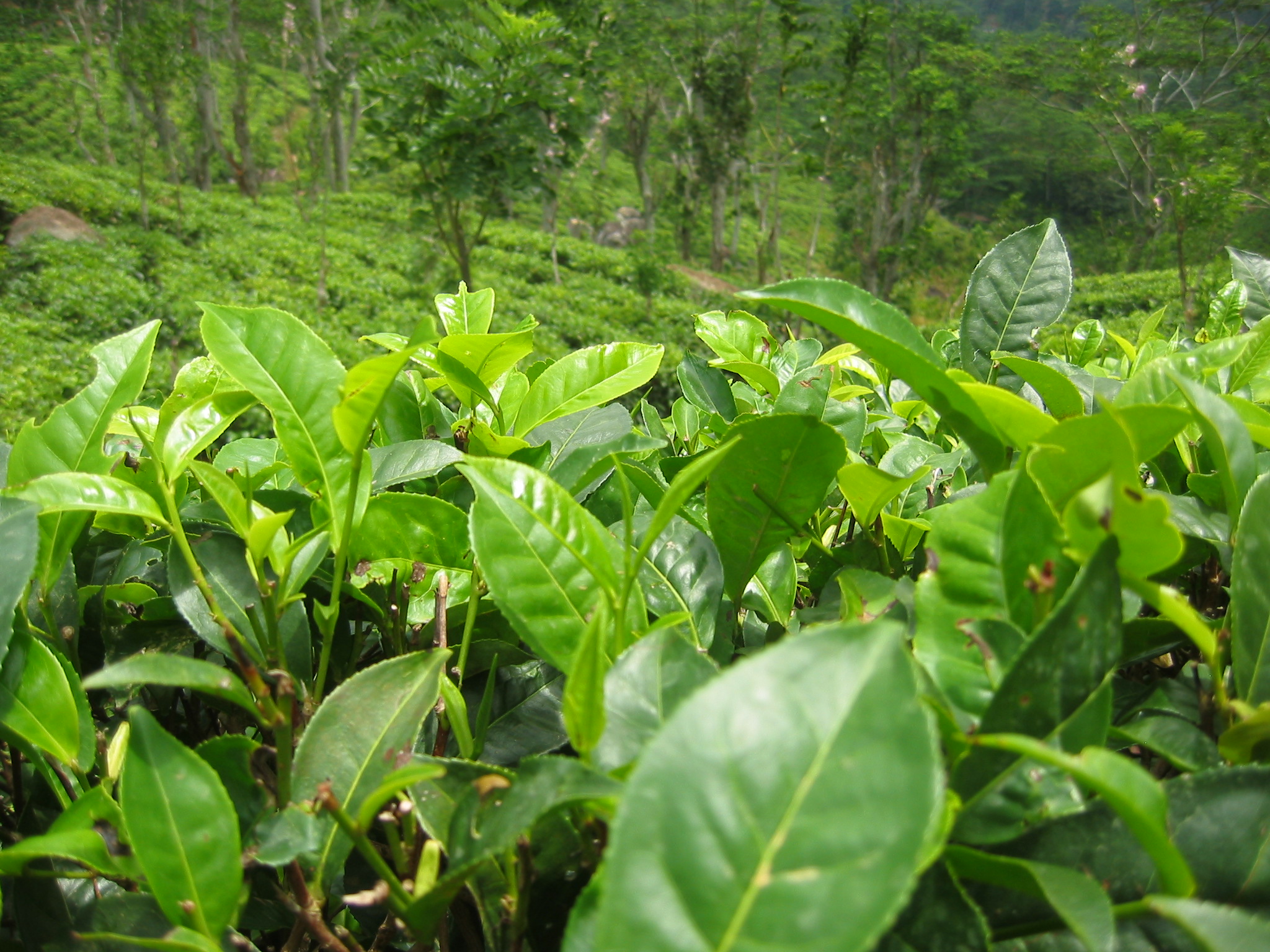|
Samuel Cocking Garden
The , also known as the Enoshima Tropical Plants Garden, is a small botanical garden on the small island of Enoshima in Japan. The address is 2-3-28 Enoshima, Fujisawa, Kanagawa. The garden was established in 1880 by British merchant Samuel Cocking (1842–1914) as the Enoshima Botanical Garden, and featured a greenhouse (660 m²) in which he collected tropical plants. This original greenhouse was destroyed in the 1923 Great Kantō earthquake. When in 1949 title passed to the city of Fujisawa, no trace of the greenhouse was found. However, in 2002, during reconstruction work, its brick foundation and original heating plant and boiler were discovered. In April 2003, a restored greenhouse was opened as part of the new garden, and as of 2004 had some 500,000 visitors per year. Garden features include camellia trees and the Enoshima Sea Candle, a large lookout tower (59.8 metres, about 200 feet. Mount Fuji can be seen from the top on a clear day.) See also * List of botanical ga ... [...More Info...] [...Related Items...] OR: [Wikipedia] [Google] [Baidu] |
Botanical Garden
A botanical garden or botanic gardenThe terms ''botanic'' and ''botanical'' and ''garden'' or ''gardens'' are used more-or-less interchangeably, although the word ''botanic'' is generally reserved for the earlier, more traditional gardens, and is the more usual term in the United Kingdom. is a garden with a documented collection of living plants for the purpose of scientific research, conservation, display, and education. Typically plants are labelled with their botanical names. It may contain specialist plant collections such as cactus, cacti and other succulent plants, herb gardens, plants from particular parts of the world, and so on; there may be greenhouses, shadehouses, again with special collections such as tropical plants, alpine plants, or other exotic plants. Most are at least partly open to the public, and may offer guided tours, educational displays, art exhibitions, book rooms, open-air theatrical and musical performances, and other entertainment. Botanical gard ... [...More Info...] [...Related Items...] OR: [Wikipedia] [Google] [Baidu] |
Enoshima
is a small offshore island, about in circumference, at the mouth of the Katase River which flows into the Sagami Bay of Kanagawa Prefecture, Japan. Administratively, Enoshima is part of the mainland city of Fujisawa, and is linked to the Katase section of that city by a bridge. Home to some of the closest sandy beaches to Tokyo and Yokohama, the island and adjacent coastline are the hub of a local resort area. History Classical era Benzaiten, the goddess of music and entertainment, is enshrined on the island. The island in its entirety is dedicated to the goddess, who is said to have caused it to rise from the bottom of the sea in the sixth century. The island is the scene of the ''Enoshima Engi'', a history of shrines on Enoshima written by the Japanese Buddhist monk Kōkei in 1047 AD. Modern era In 1880, after the Shinto and Buddhism separation order of the new Meiji government had made the land available, much of the uplands was purchased by Samuel Cocking, a B ... [...More Info...] [...Related Items...] OR: [Wikipedia] [Google] [Baidu] |
Fujisawa, Kanagawa
is a city in Kanagawa Prefecture, Japan. , the city had an estimated population of 439,728 and a population density of 6300 persons per km². The total area of the city is . Geography Fujisawa is in the central part of Kanagawa Prefecture. It faces Sagami Bay of the Pacific Ocean. The northern part of the city is on the Sagamino plateau while the southern part is on the Shonan Dunes. Fujisawa has three major topographical features: the island of Enoshima to the south connected to the Katase shoreline area by a road bridge, and two rivers, the Hikiji and the Sakai, which run north-south. The Hikiji can be traced from an area designated as a nature reserve park in the city of Yamato and flows directly along the boundary of the joint US Navy and Japan Maritime Self-Defense Force Atsugi Naval Air Base and the United States Army Camp Zama. The Sakai runs directly from the mountains between Machida and Hachiōji, and for quite some distance forms the border between the Tokyo Metr ... [...More Info...] [...Related Items...] OR: [Wikipedia] [Google] [Baidu] |
Enoshima Samuel Cocking Park
is a small offshore island, about in circumference, at the mouth of the Katase River which flows into the Sagami Bay of Kanagawa Prefecture, Japan. Administratively, Enoshima is part of the mainland city of Fujisawa, and is linked to the Katase section of that city by a bridge. Home to some of the closest sandy beaches to Tokyo and Yokohama, the island and adjacent coastline are the hub of a local resort area. History Classical era Benzaiten, the goddess of music and entertainment, is enshrined on the island. The island in its entirety is dedicated to the goddess, who is said to have caused it to rise from the bottom of the sea in the sixth century. The island is the scene of the ''Enoshima Engi'', a history of shrines on Enoshima written by the Japanese Buddhist monk Kōkei in 1047 AD. Modern era In 1880, after the Shinto and Buddhism separation order of the new Meiji government had made the land available, much of the uplands was purchased by Samuel Cocking, a ... [...More Info...] [...Related Items...] OR: [Wikipedia] [Google] [Baidu] |
Samuel Cocking
Samuel Cocking (19 March 1845 in Camberwell London – 26 February 1914 in Yokohama, Japan) was a merchant in Yokohama arriving in 1869, shortly after the “Opening of Japan”. Although he was born in London, he moved with his parents to Australia at a young age and grew up mostly in Melbourne. In Japan he is known for the large greenhouse () and gardens that he developed in Enoshima that bears his name. However, a lot about his life and achievements are still not common knowledge in Japan. He married Miyata Riki in 1872. Although Cocking and Miyata Riki did not have any children of their own, they adopted Miyata Riki's niece after her mother died at a young age. Cocking is buried in the Miyata family plot in a Buddhist cemetery in Yokohama, which is unusual for foreigners living in Japan at that time. Most foreigners (including Cocking's younger sister Florence who died shortly after joining her brother in Japan) were interred at the well known and well researched foreigne ... [...More Info...] [...Related Items...] OR: [Wikipedia] [Google] [Baidu] |
1923 Great Kantō Earthquake
The struck the Kantō Plain on the main Japanese island of Honshū at 11:58:44 JST (02:58:44 UTC) on Saturday, September 1, 1923. Varied accounts indicate the duration of the earthquake was between four and ten minutes. Extensive firestorms and even a fire whirl added to the death toll. Civil unrest after the disaster (i.e., the Kantō Massacre) has been documented. The earthquake had a magnitude of 7.9 on the moment magnitude scale (), with its focus deep beneath Izu Ōshima Island in Sagami Bay. The cause was a rupture of part of the convergent boundary where the Philippine Sea Plate is subducting beneath the Okhotsk Plate along the line of the Sagami Trough. Since 1960, September 1 has been designated by the Japanese government as , or a day in remembrance of and to prepare for major natural disasters including tsunami and typhoons. Drills, as well as knowledge promotion events, are centered around that date as well as awards ceremonies for people of merit. Earthquake T ... [...More Info...] [...Related Items...] OR: [Wikipedia] [Google] [Baidu] |
Camellia
''Camellia'' (pronounced or ) is a genus of flowering plants in the family Theaceae. They are found in eastern and southern Asia, from the Himalayas east to Japan and Indonesia. There are more than 220 described species, with some controversy over the exact number, and also around 3,000 hybrids. The genus was named by Linnaeus after the Jesuit botanist Georg Joseph Kamel, who worked in the Philippines and described a species of camellia (although Linnaeus did not refer to Kamel's account when discussing the genus). Of economic importance in East Asia, Southeast Asia, and the Indian subcontinent, leaves of '' C. sinensis'' are processed to create the popular beverage tea. The ornamental '' C. japonica'', '' C. sasanqua'' and their hybrids are the source of hundreds of garden cultivars. '' C. oleifera'' produces tea seed oil, used in cooking and cosmetics. Descriptions Camellias are evergreen shrubs or small trees up to tall. Their leaves are alternately arranged, simple, t ... [...More Info...] [...Related Items...] OR: [Wikipedia] [Google] [Baidu] |
Enoshima Sea Candle
The Enoshima Sea Candle ( ja, 江の島シーキャンドル), also known as the Shonan Observatory Lighthouse, is an observation tower and lighthouse located in the Samuel Cocking Garden on the small tidal island of Enoshima in Fujisawa, Kanagawa, Japan. The tower has two observation decks, the primary indoor deck and a secondary outdoor deck. The primary deck can be accessed via a central lift or spiral staircase, while the outdoor deck can only be accessed by a second spiral staircase. Completed in 2003, the Sea Candle was built to celebrate the 2002 centenary of the Enoshima Electric Railway. The Sea Candle was constructed next to the Enoshima lighthouse that was built in 1951. On New Year's Eve 2002, a ceremony took place to transfer the lighthouse duty, after which the old lighthouse was dismantled. The observation decks on the Sea Candle opened to the general public on 29 April 2003. In 2004, the lighthouse was awarded a Good Design Award under the category Architecture ... [...More Info...] [...Related Items...] OR: [Wikipedia] [Google] [Baidu] |
List Of Botanical Gardens In Japan
This list of botanical gardens in Japan is intended to include all significant botanical gardens and arboretums in Japan. * Akatsuka Botanical Garden ( Itabashi, Tokyo) * Aloha Garden Tateyama (Tateyama, Chiba) * Amami Islands Botanical Garden (Amami, Kagoshima) * Aoshima Subtropical Botanical Garden (Miyazaki, Miyazaki) * Aritaki Arboretum (Koshigaya, Saitama) * Atagawa Tropical & Alligator Garden (Kamo, Shizuoka) * Botanic Garden, Faculty of Science, Kanazawa University (Kanazawa, Ishikawa) * Botanical Garden of Tohoku University (Sendai, Miyagi) * Botanic Gardens of Toyama (Toyama, Toyama) * Botanical Gardens Faculty of Science Osaka City University (Katano, Osaka) * Enoshima Tropical Plants Garden (Fujisawa, Kanagawa) * Experimental Station for Landscape Plants (Chiba, Chiba) * Fuji Bamboo Garden (Nagaizumi, Shizuoka) * Fukuoka Municipal Zoo and Botanical Garden (Fukuoka, Fukuoka) * Futagami Manyo Botanical Gardens (Takaoka, Toyama) * Hakone Botanical Garden of Wetlands (Ha ... [...More Info...] [...Related Items...] OR: [Wikipedia] [Google] [Baidu] |
Botanical Gardens In Japan
Botany, also called , plant biology or phytology, is the science of plant life and a branch of biology. A botanist, plant scientist or phytologist is a scientist who specialises in this field. The term "botany" comes from the Ancient Greek word (''botanē'') meaning "pasture", "herbs" "grass", or "fodder"; is in turn derived from (), "to feed" or "to graze". Traditionally, botany has also included the study of fungi and algae by mycologists and phycologists respectively, with the study of these three groups of organisms remaining within the sphere of interest of the International Botanical Congress. Nowadays, botanists (in the strict sense) study approximately 410,000 species of land plants of which some 391,000 species are vascular plants (including approximately 369,000 species of flowering plants), and approximately 20,000 are bryophytes. Botany originated in prehistory as herbalism with the efforts of early humans to identify – and later cultivate – edible, medici ... [...More Info...] [...Related Items...] OR: [Wikipedia] [Google] [Baidu] |






